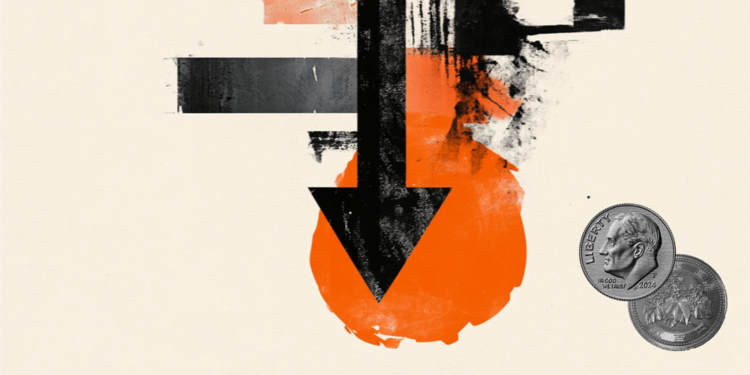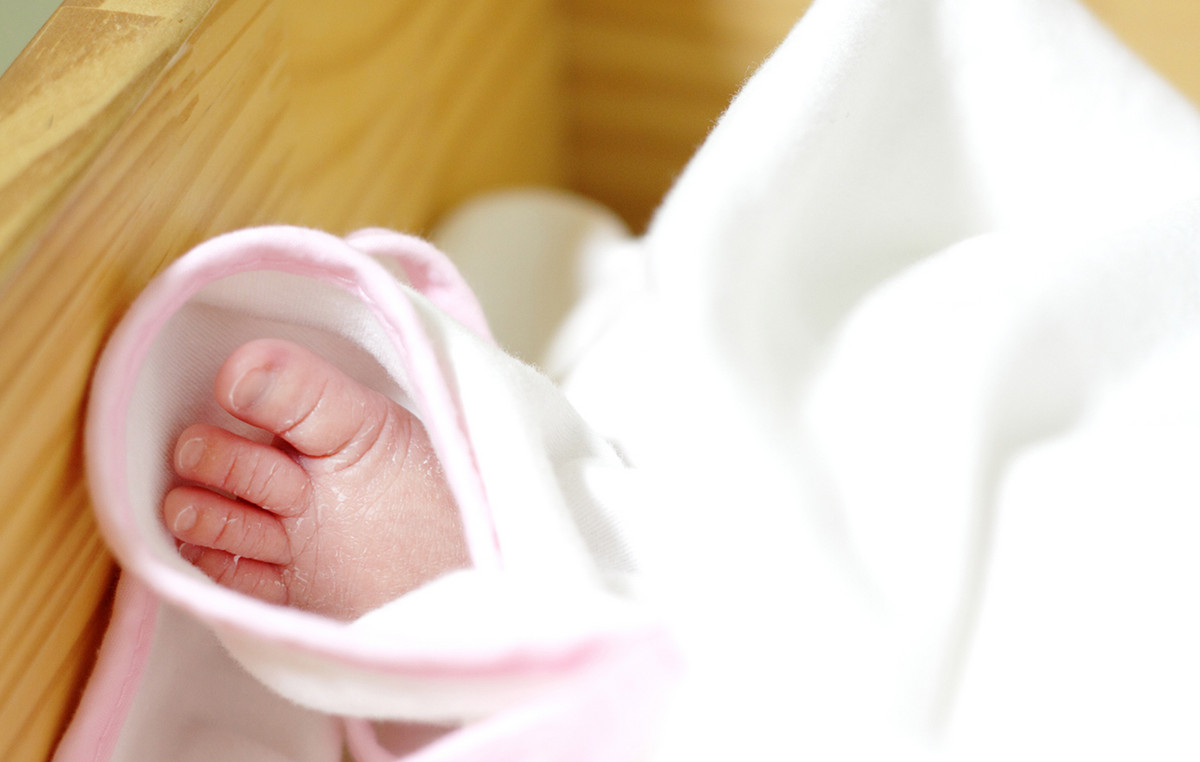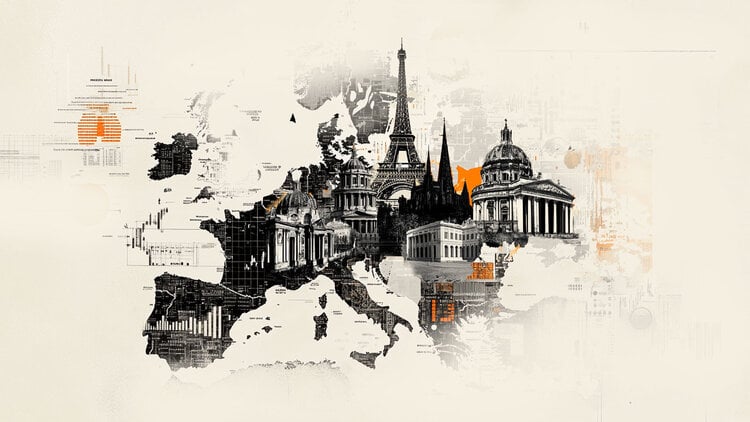Masters of the arts such as Leonardo da Vinci, Sandro Botticelli and Rembrandt may have used proteins, especially egg yolks, in their oil paintings, according to a new study.
Traces of protein residues have long been detected in classic oil paintings, although they have often been attributed to contamination. A new study published Tuesday in the journal Nature Communications finds that the inclusion was likely intentional — and sheds light on the technical expertise of the Old Masters, the most skilled European painters of the 16th, 17th or early 18th centuries, and the way they prepared their paints.
“There are very few written sources about this and no scientific work has been done before to investigate the matter in such depth,” said study author Ophélie Ranquet of the Institute of Mechanical Process Engineering and Mechanics at the Karlsruhe Institute of Technology in Germany. , in a telephone interview.
“Our results show that, even with a very small amount of egg yolk, it is possible to obtain an incredible change in properties in oil paint, demonstrating how this could have been beneficial for artists”, said the researcher.
Simply adding a little egg yolk to your works can have lasting effects that go beyond aesthetics.
eggs x oil
Compared to the medium formulated by the ancient Egyptians called tempera – which combines egg yolk with powdered pigments and water – oil paint creates more intense colors, allows for very smooth color transitions and dries much less quickly, so it can be used for several days after its preparation.
However, oil paint, which uses linseed or safflower oil instead of water, also has disadvantages, including being more susceptible to color darkening and damage from exposure to light.
As ink making was an artisanal and experimental process, it is possible that the Old Masters added egg yolk, a familiar ingredient, to the new type of ink, which first appeared in the 7th century in Central Asia before spreading across northern Asia. Europe – in the Middle Ages and in Italy during the Renaissance.
In the study, researchers recreated the paint-making process using four ingredients – egg yolk, distilled water, linseed oil and pigment – to mix two historically popular and significant colors, lead white and ultramarine blue.
“The addition of egg yolk is beneficial because it can drastically adjust the properties of these paints,” said Ranquet, “for example, showing aging in a different way: it takes longer for the paint to oxidize, because of the antioxidants contained in the egg yolk. .”
Chemical reactions between oil, pigment and yolk proteins directly affect ink behavior and viscosity.
“For example, lead white pigment is quite sensitive to moisture, but if you coat it with a layer of protein, it becomes much more resistant to it, making it easier to apply the paint,” said Ranquet.
“On the other hand, if you want something more rigid without having to add a lot of pigment, with a little egg yolk you can create a high impasto paint,” she added, referring to a painting technique in which the paint it is laid out in a stroke thick enough that the brush strokes are still visible.
Using less pigment would have been desirable centuries ago, when certain pigments — like lapis lazuli, used to make ultramarine blue — were more expensive than gold, according to Ranquet.
Direct evidence of the effect of egg yolk on oil paint, or lack thereof, can be seen in Leonardo da Vinci’s “Madonna of the Carnation”, one of the paintings observed during the study. Currently on display at the Alte Pinakothek in Munich, Germany, the work shows evident wrinkles on the faces of Mary and the child.
“Oil paint starts to dry from the surface down, which is why it wrinkles,” Ranquet said.
One reason for wrinkling could be the insufficient amount of pigments in the paint, and the study showed that this effect could be avoided with the addition of egg yolk: “This is amazing because you have the same amount of pigment in the paint, but the presence of the egg yolk changes everything.”
As wrinkling takes place within a few days, it is likely that Leonardo and other Old Masters captured this particular effect, as well as the additional beneficial properties of egg yolk in oil paint, including resistance to moisture. The “Madonna of the Carnations” is one of Leonardo’s earliest paintings, created at a time when he was still trying to master the then-popular medium of oil painting.
New understanding of the classics
Another painting observed during the study was “The Lamentation over the Dead Christ”, by Botticelli, also on display at Alte Pinakothek. The work is mostly done with tempera, but oil paint was used for the background and some secondary elements.
“We knew that some parts of the paintings show brushstrokes typical of what we call oil painting, but we detected the presence of proteins,” said Ranquet.
“Because it is a very small amount and difficult to detect, this can be ruled out as contamination: in the workshops, the artists used many different things, and perhaps the eggs were just from the tempera.”
However, because adding egg yolk had such desirable effects on oil paint, the presence of protein in the work could be an indication of deliberate use, the study suggested. Ranquet hopes that these preliminary findings might spark more curiosity about this understudied topic.
Maria Perla Colombini, a professor of analytical chemistry at the University of Pisa in Italy, who was not involved in the study, agrees. “This exciting article offers a new stage for understanding ancient painting techniques,” she said.
“The research group, reporting results from the molecular level to the macroscopic scale, contributes to new knowledge in the use of egg yolk and oil binders. they produce wonderful and brilliant effects, using and mixing the few natural materials available. They try to uncover the secrets of ancient recipes of which little or nothing is written,” he added.
“This new knowledge contributes not only to better conservation and preservation of works of art, but also to a better understanding of art history.”
Source: CNN Brasil
I’m Robert Neff, a professional writer and editor. I specialize in the entertainment section, providing up-to-date coverage on the latest developments in film, television and music. My work has been featured on World Stock Market and other prominent publications.







